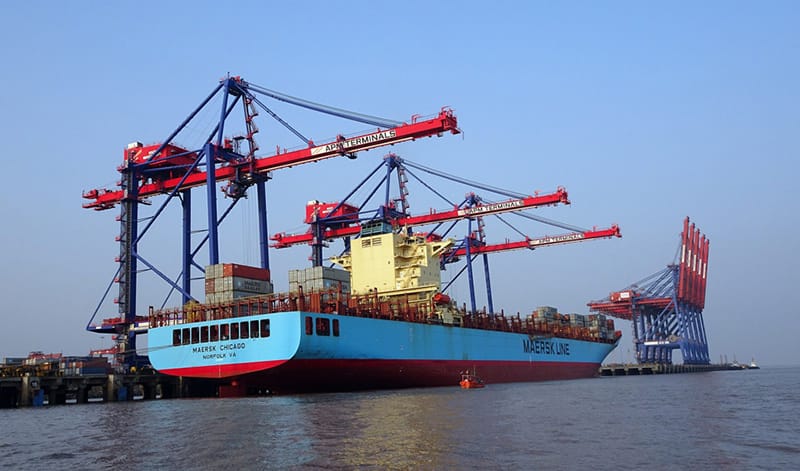
7 February 2024
World market development
After hitting USc28.14/lbs, a 12-year high, in November, sugar prices dropped dramatically in December as the Brazilian harvest was yet again upgraded and the Indian government announced limitations on the use of cane juice and molasses for production of ethanol. Speculative funds off loaded all their net long positions and the drop did not stop until USc20.03/lbs was reached on Boxing Day. The market recovered partly during January and reached as high as USc24.62/lbs without the involvement of speculative funds. The physical value of the sugar in Brazil has moved back to a premium over the futures, reflecting a good demand for raw sugar. The continuous dry weather conditions in Brazil supported the market while the reported better yields in India would not affect the global sugar balance as any surplus in India will be held in stock until next year. Furthermore, the wider macro-economic context also supported sugar prices with oil prices posting a 6% gain during the month.
In Brazil, the CS region harvest is finally coming to an end with a marginal 48kt of sugar produced during the FH of January, bringing the total sugar production for the campaign to 42.1 mln mt out of 645.4 mln mt crushed cane. All eyes are now pointing towards the next 2024/25 harvesting season due to start late March early April. With both December and January rainfall largely below normal, analysts have started to reduce their crop forecasts, with a market consensus at around 620 mln mt, which would be 30 mln mt lower year-on-year. With a comparable sugar content, an expected higher sugar mix should compensate to bring a similar volume of sugar out of the next season to somewhere between 42 and 42.5 mln mt. In the meantime, the harvest continues at a good pace in the NNE region of the country, where a total of 42.5 mln mt of cane has been crushed so far (5% higher year on year), of which 2.49 mln mt of sugar has been produced (11% higher year on year). Interestingly, the cash premium for Brazil raw sugar have moved back to a premium against the futures market, reflecting a good demand for raw sugar on the world market.
India is more than halfway through its crushing season and yields are better than expected since the slightly delayed harvest due to labor shortage has benefitted the cane growth. As of end-January, a total of 192.7 mln mt of cane had been crushed in the country and 18.7 mln mt of sugar produced, showing a decline of 3% year-on-year. The ISMA has just released a revised estimate for the 2023/24 season at 31.4 mln mt net of 1.7 mln mt diversion to ethanol. In that context, the ISMA is calling the government to revise their ethanol policy and to allow an additional 1.8 mln mt of sugar to be diverted towards ethanol on top of the 1.7 mln mt already allowed.
In Thailand, by January 25, a total of 41.7 mln mt of cane had been crushed during the 2023/24 campaign, of which 4.7 mln mt of sugar was produced, 13.5% lower year on year. As expected, sugar yields have been negatively affected by the dry weather during the cane development. Analysts have gradually downgraded their estimates for the full season and consensus is now around 8 mln mt, which is 3.2 mln mt down year-on-year.
Mexico current harvest is once again bringing disappointing updates with production reaching 1.2 mln mt by January 20, a decline of 24.2% year-on-year. The crop could end as low as 4.75mln mt, which would be a 10-year low and 500kt below last year. More generally in Central America where the crushing campaign has now started, low stock levels will seriously limit sugar export availability for the rest of the world.
The SMY 23/24 supply/demand balance remains tight and very dependent on Brazil as most other major producers are struggling. Hence any disruption, either weather related or logistics related, may cause prices to reach back up towards levels seen back in November.

